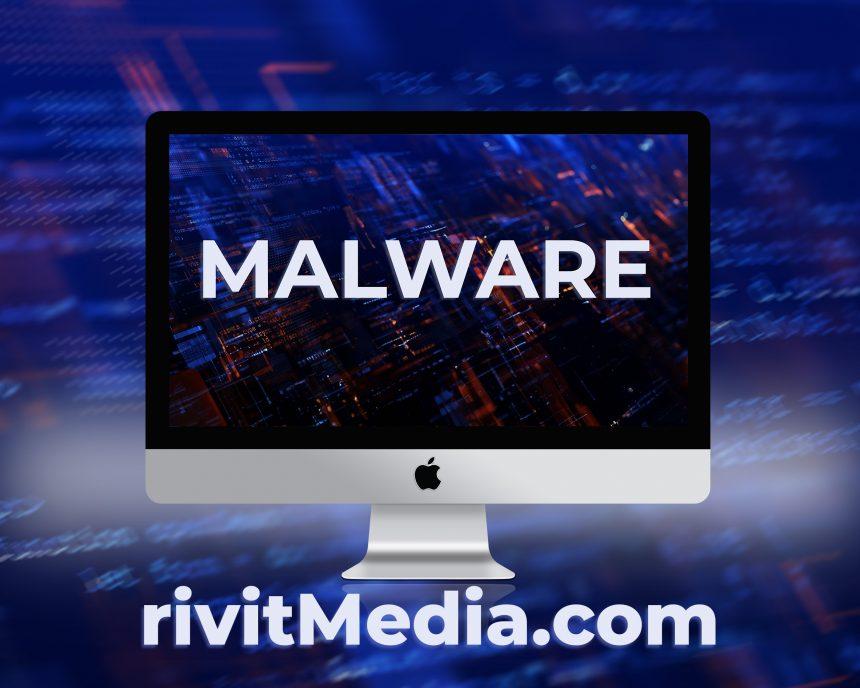Cyber threats are more prevalent than ever, with malware designed to exploit vulnerabilities in computer systems. One such malicious program is Pondrat malware, a sophisticated strain that targets macOS systems. Designed to infiltrate users’ devices discreetly, this malware poses significant risks to personal information, system integrity, and overall security. Understanding the nature of Pondrat malware, its potential consequences, and effective removal strategies is crucial for every Mac user.
Actions and Consequences of Pondrat Malware
Pondrat malware operates by embedding itself within the operating system, often disguised as legitimate software or hidden within downloads from untrusted sources. Once activated, it can carry out a range of malicious activities, including:
- Data Theft: Pondrat malware can access sensitive information such as passwords, credit card numbers, and personal documents, leading to identity theft and financial loss.
- System Damage: This malware can compromise the functionality of your device, causing crashes, slow performance, and the inability to run essential applications.
- Unauthorized Access: By establishing a backdoor, Pondrat malware allows cybercriminals to control your system remotely, giving them the ability to execute commands and further spread malware.
- Ransom Demands: In some cases, Pondrat may encrypt files on the infected system, demanding a ransom for their release.
Detection Names
Various security software solutions have identified Pondrat malware under different detection names, including but not limited to:
- Pondrat
- Trojan:OSX/Pondrat.A
- OSX.Trojan.Pondrat
These detection names can help users and security programs recognize the presence of this malware on their systems.
Similar Threats
Several other malware strains exhibit similar characteristics and threats, including:
- Adload: A malware that often disguises itself as legitimate applications, designed to inject ads into browsers.
- XcodeGhost: A modified version of Apple’s Xcode development environment that infects apps built with it, distributing malware across numerous applications.
- Shlayer: A notorious adware strain affecting macOS, primarily distributing potentially unwanted applications.
Removal Guide for Pondrat Malware
If you suspect that your Mac has been infected with Pondrat malware, follow these steps to remove it effectively:
Step 1: Disconnect from the Internet
To prevent the malware from communicating with its command server and potentially exfiltrating data, disconnect your Mac from the internet.
Step 2: Identify Suspicious Applications
- Open Finder and go to the Applications folder.
- Look for any unfamiliar or suspicious applications that may have been installed without your consent.
- Right-click on any suspicious apps and select Move to Trash.
Step 3: Remove Related Files
- In Finder, navigate to ~/Library. To access this folder, hold down the Option key, click on the Go menu, and select Library.
- Check the following folders for any files associated with Pondrat malware:
- Application Support
- LaunchAgents
- LaunchDaemons
- Preferences
- Delete any suspicious files you find in these folders.
Step 4: Clear Browser Extensions
- Open your browser (Safari, Chrome, Firefox).
- Go to the extensions/settings menu.
- Remove any unfamiliar or unrecognized extensions.
Step 5: Reset Browser Settings
Reset your browser settings to ensure that any changes made by the malware are reverted:
- For Safari: Go to Safari > Preferences > Privacy and select Manage Website Data to remove any stored data.
- For Chrome: Go to Settings > Advanced > Reset and clean up to reset your settings.
- For Firefox: Go to Help > Troubleshooting Information and click on Refresh Firefox.
Step 6: Use an Anti-Malware Tool
After manually removing the malware, it’s crucial to scan your system with a reliable anti-malware tool. SpyHunter is highly recommended for its effectiveness in detecting and removing malware. Download SpyHunter and run a full system scan to ensure that any remaining threats are eradicated.
Step 7: Update Your System and Software
- Ensure your macOS is up to date by going to Apple menu > System Preferences > Software Update.
- Keep all applications up to date to close any security loopholes.
Best Practices for Preventing Future Infections
To protect your Mac from future infections, consider the following best practices:
- Install Reliable Security Software: Use trusted anti-malware solutions like SpyHunter to provide ongoing protection.
- Download Software from Official Sources: Always download applications from the Mac App Store or the official websites of developers.
- Keep Your System Updated: Regularly check for and install updates for macOS and all installed applications.
- Be Cautious with Email Attachments: Avoid opening email attachments from unknown sources, as they may contain malicious payloads.
- Practice Safe Browsing: Use browser security features and avoid suspicious websites.
Conclusion
Pondrat malware poses a significant threat to macOS users, but with awareness and effective removal strategies, you can safeguard your system. Always stay vigilant and adopt best practices to protect your digital life. For comprehensive protection, consider using SpyHunter. Download it today and run a free scan to ensure your computer is free from threats.
If you are still having trouble, consider contacting remote technical support options.





